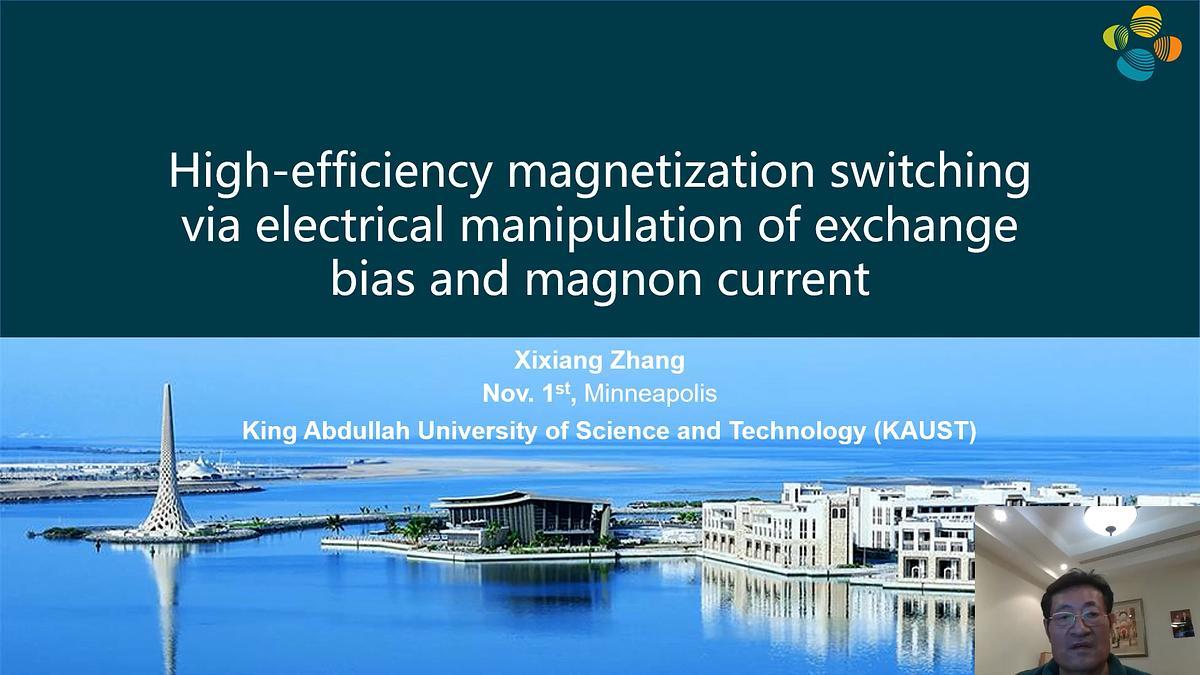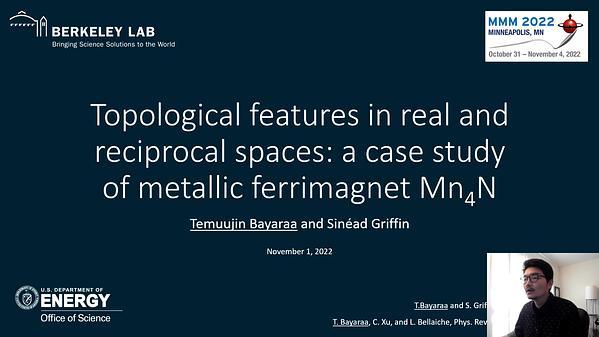
Premium content
Access to this content requires a subscription. You must be a premium user to view this content.

technical paper
High efficiency magnetization switching via electrical manipulation of exchange bias and magnon current
The search for efficient approaches to realize local switching of magnetic moments in spintronic devices has attracted intense interest. In particular, spin-orbit torque (SOT) that arises from materials with large spin-orbit coupling (SOC) offers a new pathway for energy-efficient and fast magnetic information storage. Recent studies on SOT-induced magnetization switching and dynamics in magnetic heterostructures have shown promise for SOT-MRAM 1-2. We have demonstrated electrical manipulation of magnetization and exchange bias (EB) in an antiferromagnet/ferromagnet (AFM/FM) based device via SOT 3. Perpendicular EB reversal across AFM IrMn and FM Co/Pt2 multilayer has been shown, both in extended and confined geometries. In three-terminal perpendicular magnetic tunnel junction (MTJ) devices (Figs. 1a and 1b), we have achieved the switching of the magnetization and EB using the SOT (Fig. 1c). Both high- and low- resistances have been observed at zero magnetic field during EB switching (Fig. 1d). These findings provide a new direction in exploring the electrical control of EB in SOT magnetic random access memory (SOT-MRAM). In another study, we have demonstrated that the magnon current excited in an insulating NiO AFM layer by an electronic spin current in an all-oxide epitaxial SrRuO3/NiO/SrIrO3 heterostructure is effective for manipulating the perpendicular magnetization in the SrRuO3 layer 4. Fig. 2 shows the schematic of the heterostructure and TEM image of the interfaces and the current driven magnetization switching. Interestingly, the threshold current density to generate a sufficient magnon current to manipulate the magnetization was one order of magnitude smaller than that in conventional metallic systems. These results suggest a route for developing highly efficient magnon based all-oxide spintronic devices.
This work has been supported by KAUST, SRC/NIST SMART center, and US-NSF.
References
1 I.M. Miron, et al, Nature, 476 (2011) 189.
2 L.Q. Liu, et al, Science, 336 (2012) 555.
3. B. Fang, et al, Advanced Functional Materials,2022, 32, 2112406.
4. D.X. Zheng, et al, Advanced Materials, revised and resubmitted.


